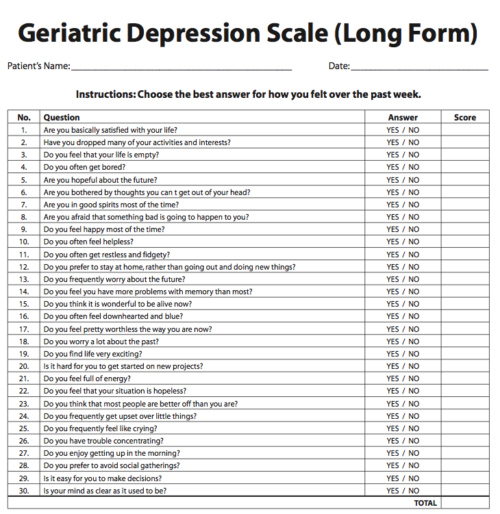
The WM deficits mentioned above are detected by different measurements ranging from simple neuropsychological tests to more complex constructs such as intelligence and school achievement. They found greater effect sizes upon the central executive processing component of both spatial and verbal WM, with greater impairments in the spatial domain. subdivided the tasks reported in the literature according to their requirements of storage and central executive processing. reported effect sizes of 0.74 (Hedge’s g) in visuospatial WM and 0.69 in verbal WM in a meta-analysis of 45 studies. Meta-analyses revealed that visuospatial WM and the central executive are particularly more affected by ADHD, with greater effect sizes of an ADHD diagnosis upon performance in these domains. This includes the verbal and visuospatial domains, and the central executive component of WM, which is in charge of the control of cognitive processes. Individuals with all subtypes of ADHD classically present poorer performance than their typically developing peers in WM tasks. There are three different possible clinical subtypes of ADHD, depending on the prevailing symptoms: predominantly hyperactive/impulsive, predominantly inattentive, and combined subtype. ADHD is characterized by a pervasive pattern of hyperactivity/impulsivity and/or inattentive behaviours that persists in time (at least 6 months) and is present in different life contexts. ĭeficits in WM functioning are common to many psychopathologies, including attention-deficit/hyperactivity disorder (ADHD), a neurodevelopmental disorder affecting 7.2% of children in the world. As such, WM sustains nearly every daily-life activity including complex cognitive activities such as verbal reasoning, verbal production and comprehension, mathematical cognition, spatial navigation, among others. Working memory (WM) is the cognitive system allowing people to flexibly maintain and process information during short delays to accomplish goal-directed behaviour–that is, to change the route halfway through it and to recall items in a shopping list, whilst planning dinner. At a moment, one is driving home and then they remember they have to go to the grocery store, so they must change their route.

This is an open access article distributed under the terms of the Creative Commons Attribution License, which permits unrestricted use, distribution, and reproduction in any medium, provided the original author and source are credited.ĭata Availability: The data underlying the results presented in the study are available on the Open Science Framework (DOI: 10.17605/OSF.IO/UZYVA).įunding: Swiss Excelence Scholarships Program for Foreign Scholars (grant number 2019.0152) The funders had no role in study design, data collection and analysis, decision to publish, or preparation of the manuscript.Ĭompeting interests: The authors have declared that no competing interests exist.ĭaily life requires people to constantly plan, adapt, and execute actions according to information currently available in their minds. Received: OctoAccepted: FebruPublished: March 14, 2023Ĭopyright: © 2023 Superbia-Guimarães et al.

This study shows first evidence that individuals with ADHD can use attention to maintain verbal information in WM and calls for more research to understand their WM development.Ĭitation: Superbia-Guimarães L, Bader M, Camos V (2023) Can children and adolescents with ADHD use attention to maintain verbal information in working memory? PLoS ONE 18(3):Įditor: David Giofrè, Liverpool John Moores University, UNITED KINGDOM Moreover, ADHD participants had a similar recall performance to their age-matched typically developing peers. We observed that recall in ADHD participants was higher in the distracting conditions that give attention more opportunity to refresh letters. The pace of the distracting tasks was varied to manipulate the level of attentional distraction. In Experiment 2, it consisted in making spatial judgements. In Experiment 1, the distracting task consisted of reading digits aloud. In this study, we designed two experiments requiring children and adolescents with ADHD symptoms to maintain sequences of letters for subsequent recall, while performing a distracting task.

Its use is evidenced by a decrease in recall performance proportional to the distraction of attention away from the memoranda. Attentional refreshing is a maintenance strategy based on the sequential switch of attention between maintaining and processing information in WM. In this study, we used two variations of a complex-span task to test whether a specific WM mechanism, attentional refreshing, causes these deficits. Children and adolescents with attentional-deficit/hyperactivity disorder (ADHD) present deficits in working memory (WM), but accounts for this phenomenon are still lacking.


 0 kommentar(er)
0 kommentar(er)
